- Joined
- Apr 22, 2004
- Messages
- 38,364
Thank you for sharing what you can. It seems that there's both a positive and negative shift going on at the moment. Great for the locals to have more involvements and a share of the profits. Not so great that the bigger companies are playing in the same sandbox and potentially controlling more of the market. I see prices continuing to go up.

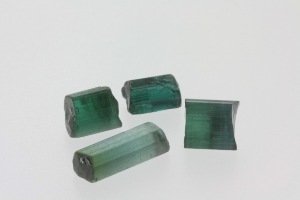
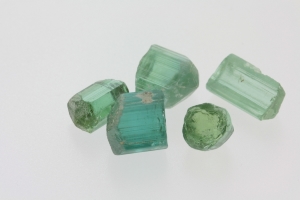
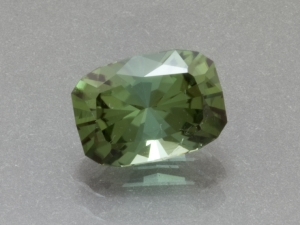
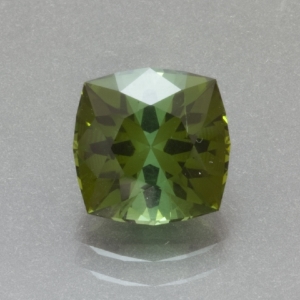
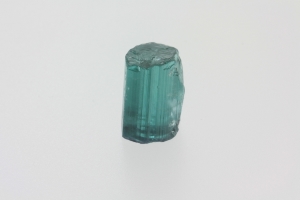
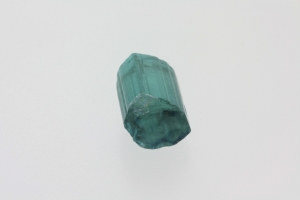
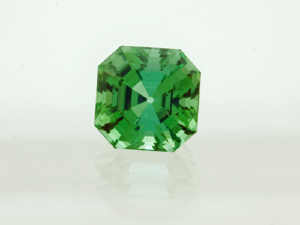
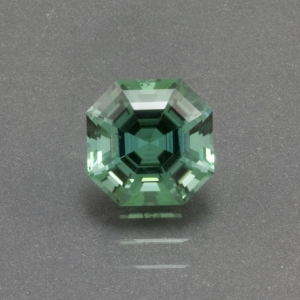
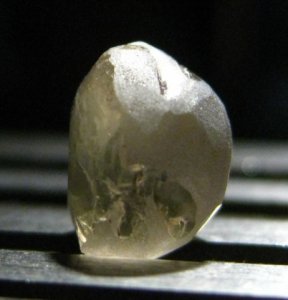
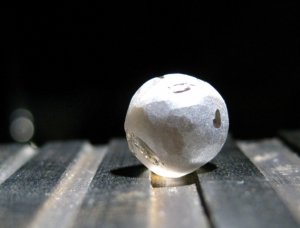
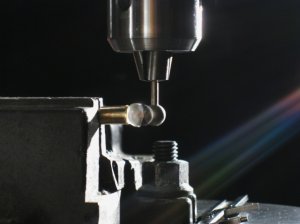
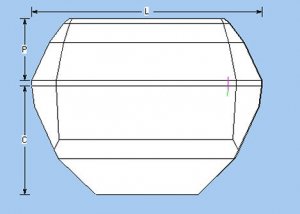


300x240.png)